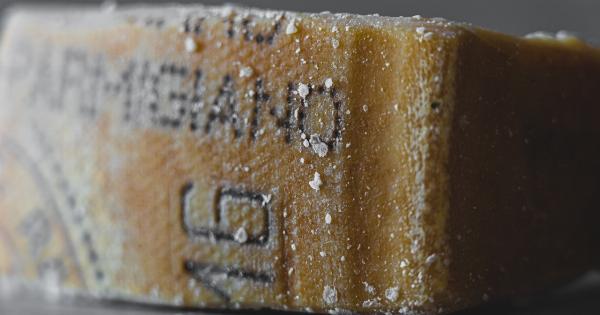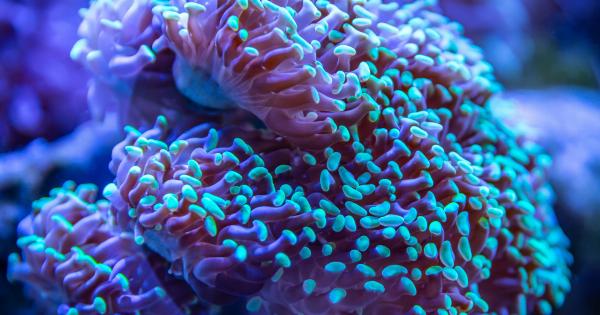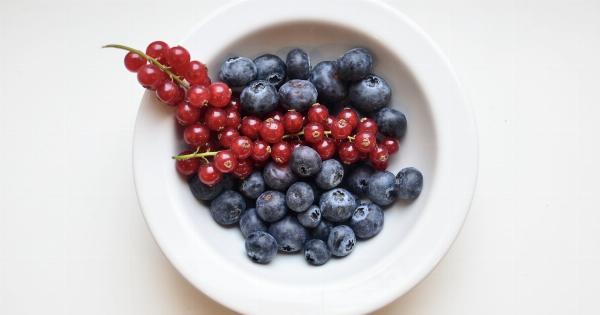Have you ever found yourself reaching for the salt shaker at every meal? Do you find that most foods taste bland without a little added sodium? If so, you’re not alone.
Salt is one of the most commonly consumed substances in the world, with people consuming an average of 10 grams per day. But why are we so addicted to this mineral?.
The basics of salt
Before we dive into the science behind our addiction to salt, let’s talk about what salt actually is. Salt, or sodium chloride, is a compound made up of two elements: sodium and chlorine.
It is an essential nutrient for our bodies, as it helps regulate blood pressure, maintain fluid balance, and transmit nerve impulses.
Why do we crave salt?
There are several reasons why we crave salt. The first is simply that our bodies need it. As mentioned earlier, salt is an essential nutrient, and our bodies require a certain amount of sodium to function properly.
When we don’t get enough salt, our bodies will send signals to our brains to increase our salt intake.
Another reason we crave salt is because of its ability to enhance the flavor of food. Salt has the ability to amplify the other flavors in a dish, making it more enjoyable to eat.
This is why many chefs will add a pinch of salt to their dishes, even if the recipe doesn’t call for it.
Finally, our taste preferences for salt are partially determined by our genetics. Some people are genetically predisposed to prefer salty foods, while others may find them unappetizing.
The neurological basis of salt addiction
While our bodies need salt, too much of it can be harmful. Consuming too much salt can lead to high blood pressure, heart disease, stroke, and other health problems. Despite these risks, many of us find it difficult to reduce our salt intake.
This is because salt, like other addictive substances, can trigger the release of feel-good chemicals in our brains.
When we consume salty foods, the sodium ions enter our bloodstream and eventually make their way to our brains. In the brain, sodium ions help regulate the activity of neurons, which are responsible for transmitting signals throughout the body.
When we consume too much salt, these neurons can become overactive, leading to the release of dopamine, a neurotransmitter associated with pleasure and reward.
Over time, our brains can become addicted to this dopamine rush, leading us to crave salty foods even when we know they’re not good for us.
This is why reducing salt intake can be difficult, as our brains have become wired to seek out this pleasurable sensation.
How to break the salt addiction
Reducing salt intake isn’t easy, but it is possible. Here are some tips for breaking the salt addiction:.
- Gradually reduce your salt intake over time. Your taste buds will adjust to the lower sodium levels, and you’ll start to appreciate the natural flavors of food.
- Avoid processed foods, which are often loaded with sodium. Prepare your own meals using fresh ingredients so that you can control the amount of salt you consume.
- Experiment with other seasonings, such as herbs and spices, to add flavor to your food without relying on salt.
- Read food labels and choose low-sodium options whenever possible.
Conclusion
Salt is an essential nutrient, but consuming too much of it can be harmful.
Our addiction to salt is partially driven by our bodies’ need for it, our genetic predispositions for certain tastes, and the feel-good chemicals it releases in our brains. Breaking the salt addiction takes time and effort, but it’s an important step towards better health.





























